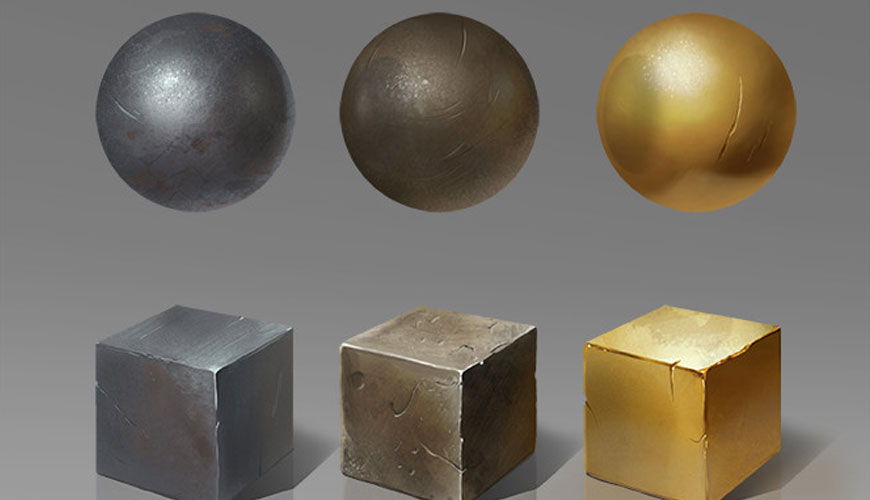

EUROLAB laboratory provides testing and compliance services within the scope of ASTM E112 test standard. This standard covers the measurement of average grain size and includes the comparison procedure, the planimetric (or Jeffries) procedure, and the cutting procedures. These test methods can also be applied to non-metallic materials that have appearances similar to the metallic structures shown in the comparison charts. These test methods are mainly applied to single-phase grain structures, but they can be applied to determine the average size of a particular grain structure in a polyphase or multicomponent sample.

This test method is used to determine the average grain size of samples with a unimodal distribution of grain areas, diameters, or lengths of intersection. These test methods do not include methods for characterizing the nature of these distributions. Characterization of grain size in samples with duplex grain size distributions is described in test methods E1181. The measurement of individual, very coarse grains in a fine-grained matrix is described in test method E930.
These test methods are concerned only with the determination of planar grain size, i.e. the characterization of the two-dimensional grain partitions revealed by the section plane. Determination of spatial grain size, ie measuring the size of three-dimensional grains in the sample volume, is beyond the scope of these test methods.
These test methods describe techniques performed manually using a standard set of graduated graph images for the comparison method or simple templates for manual counting methods. The use of semi-automatic digitizing tablets or automatic image analyzers to measure grain size is described in test methods E1382.
These test methods relate only to recommended test methods and nothing in them should be construed as defining or determining the limits of acceptability or fitness for purpose of the materials tested.
Measured values are indicated in standard accepted SI units. When listed, equivalent inch-pound values are in parentheses and can be approximate.
This standard does not purport to address all, if any, safety concerns associated with its use. It is the responsibility of the user of this standard to establish appropriate safety, health and environmental practices and to determine the applicability of regulatory restrictions prior to use.
This international standard has been developed in accordance with the internationally accepted principles of standardization set out in the Principles decision on the development of international standards, guidelines and recommendations published by the World Trade Organization technical barriers to trade (TBT) committee.
EUROLAB assists manufacturers with ASTM E112 test compliance. Our test experts, with their professional working mission and principles, provide you, our manufacturers and suppliers, the best service and controlled testing process in our laboratories. Thanks to these services, businesses receive more effective, high-performance and quality testing services and provide safe, fast and uninterrupted service to their customers.
To get an appointment, to get more detailed information or to request an evaluation, you can ask us to fill in our form and reach you.